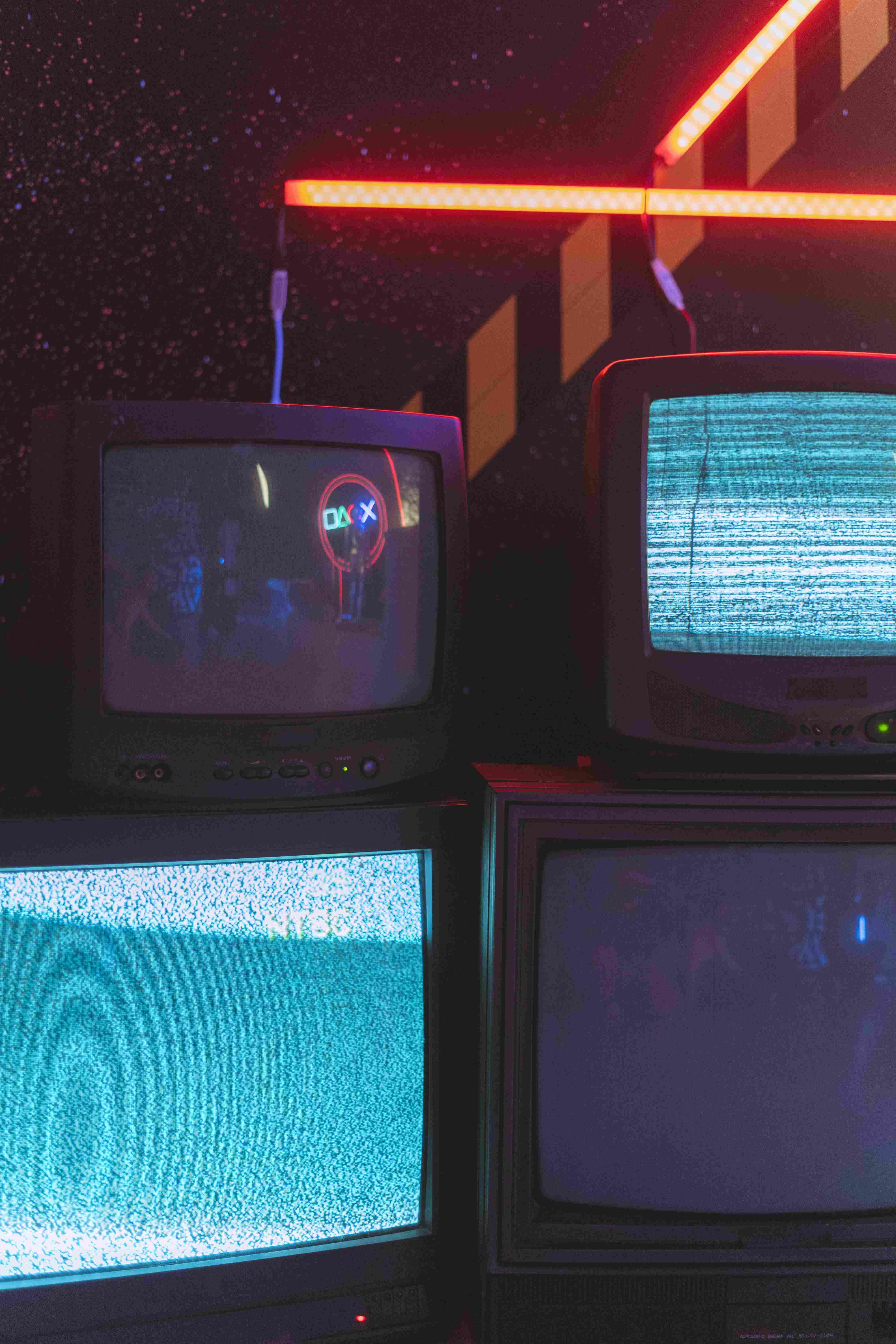In the fast-evolving world of 2025, the way we consume entertainment has undergone a significant transformation, shifting from an active engagement to a more passive background presence in our daily routines. This blog explores the phenomenon of entertainment's integration into the backdrop of everyday life, particularly focusing on the friction between 'signal'—valuable and engaging content—and 'static'—noise and distractions. Understanding this balance not only enhances our daily experiences but also allows us to navigate the saturated media landscape more effectively. This exploration aims to dissect how to discern valuable entertainment amidst the incessant buzz and manage its impact on our time and attention.
Signal or Static? An Exploration of Entertainment's Role in Modern Daily Life

The new era of entertainment consumption raises important questions: How do we filter the meaningful from the mundane? What criteria should be used to select entertainment suitable for background versus active consumption? And importantly, how do we maintain the balance between staying informed and entertained without becoming overwhelmed?
Choosing the Right Entertainment
Selecting entertainment that complements rather than disrupts daily life is crucial. For background ambiance, instrumental music, ambient podcasts, or unobtrusive vlogs can enhance your environment without demanding focused attention. On the contrary, complex storylines in movies or deeply investigative podcasts are better suited for active engagement. Here's a step-by-step approach:
- Analyze Your Environment: Understand the nature of your activities—whether they require high concentration or mundane, repetitive tasks—and choose entertainment that matches these conditions.
- Prioritize Quality Over Quantity: Opt for content known for its quality, ensuring that even passive consumption is enriching.
- Use Tools for Content Filtering: Leverage technology such as smart playlists, recommendation algorithms, and personalized streaming settings to maintain a steady flow of appropriate content.
Maintenance and Ownership Costs
While entertainment in general does not entail ownership in the traditional sense, maintaining digital subscriptions and managing technology used for access can be seen as aspects of 'ownership'. Costs here are not just monetary but also include time and cognitive resources. Regular reviews of your subscription services to ensure they still meet your needs and checking in on your usage patterns can prevent you from paying for unutilized resources. Moreover, balancing time spent with various media forms prevents cognitive overload.
To sum up, in 2025, as entertainment increasingly fades into the background of daily life, discerning the signal from static is key to maintaining both satisfaction and productivity. By choosing appropriate formats for various types of activities and diligently managing our engagement and subscriptions, we can optimize our entertainment consumption. This not only ensures that it enriches our lives but also guards against the potential distraction and clutter of modem media landscapes.
